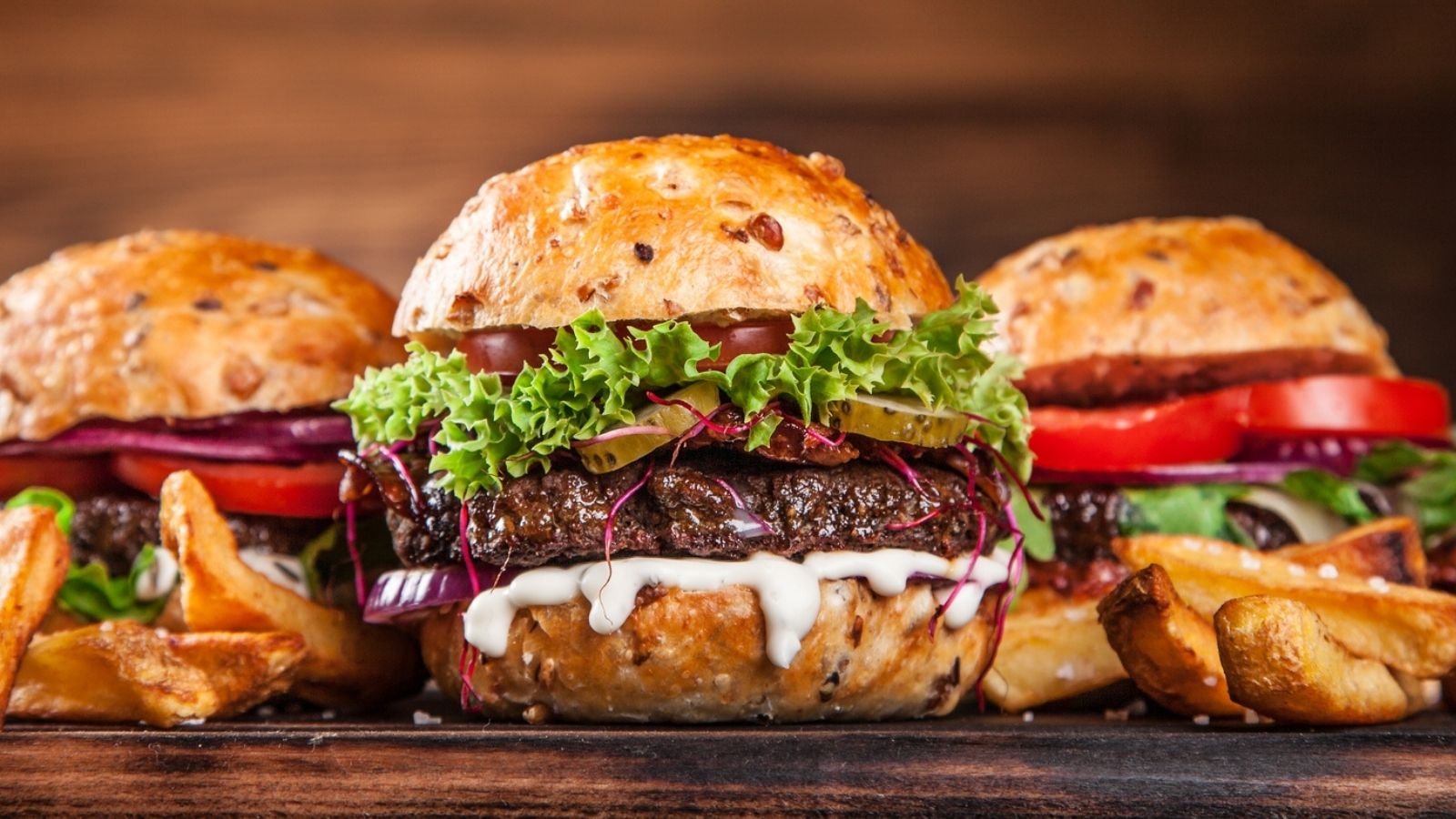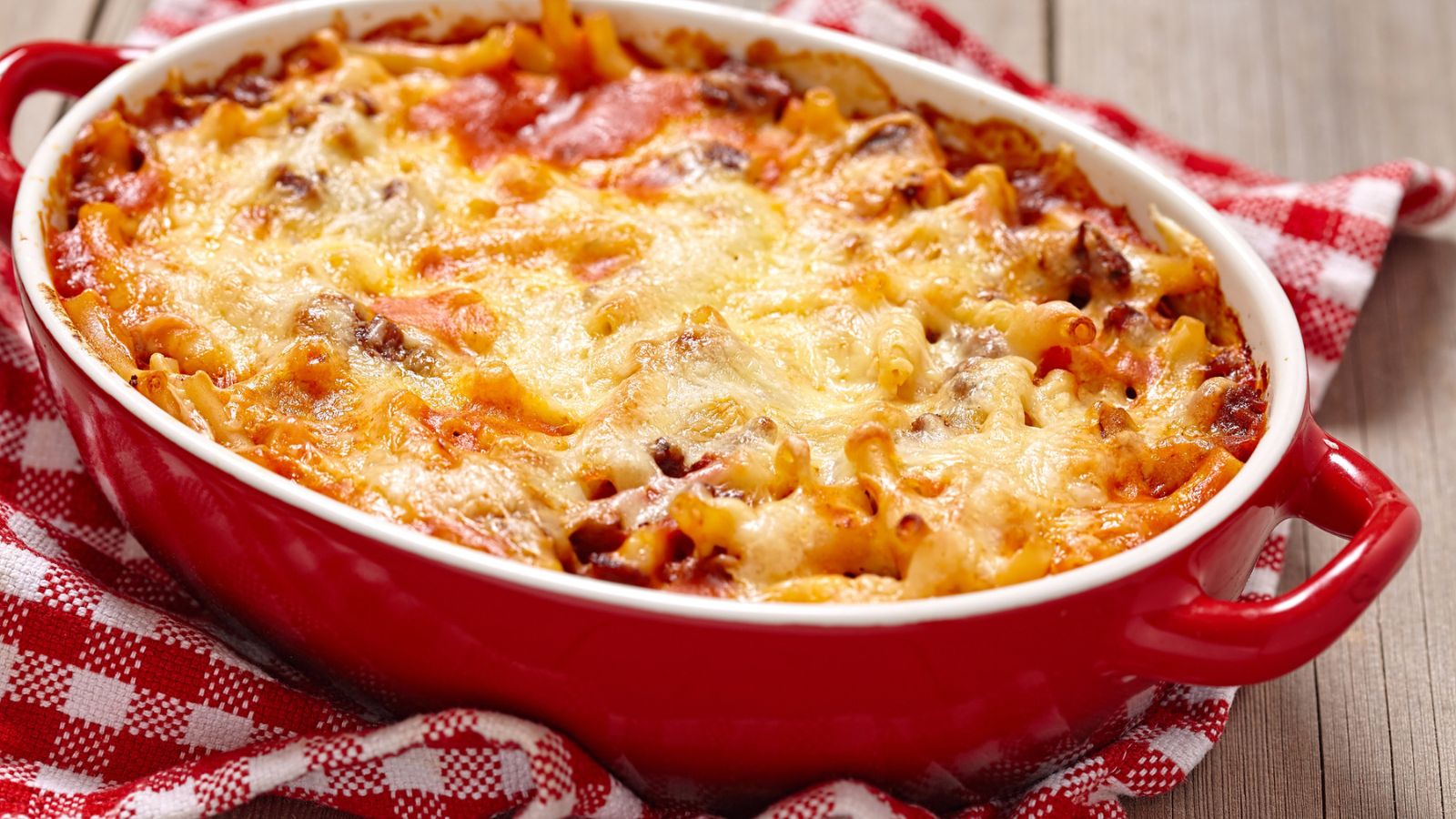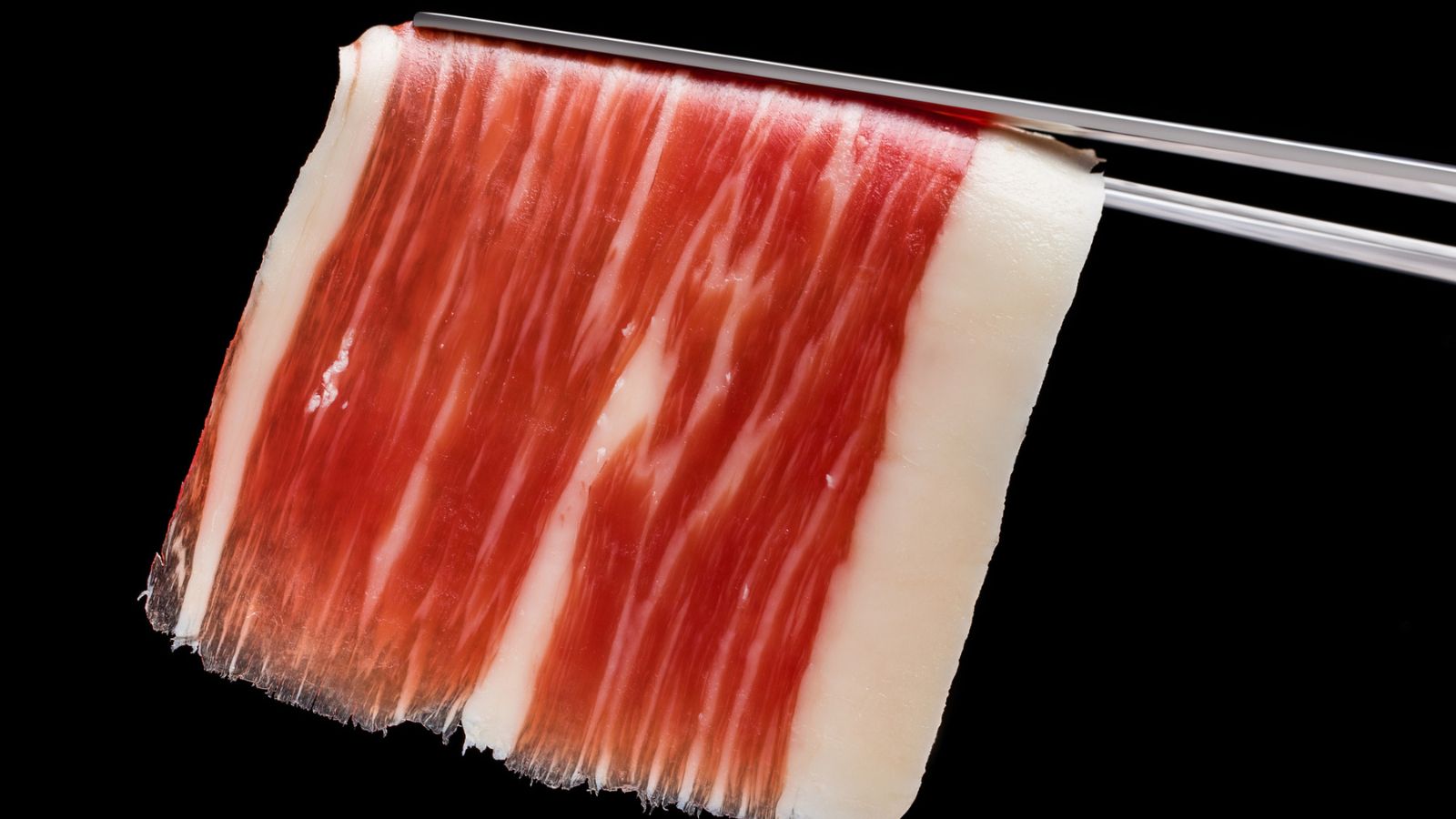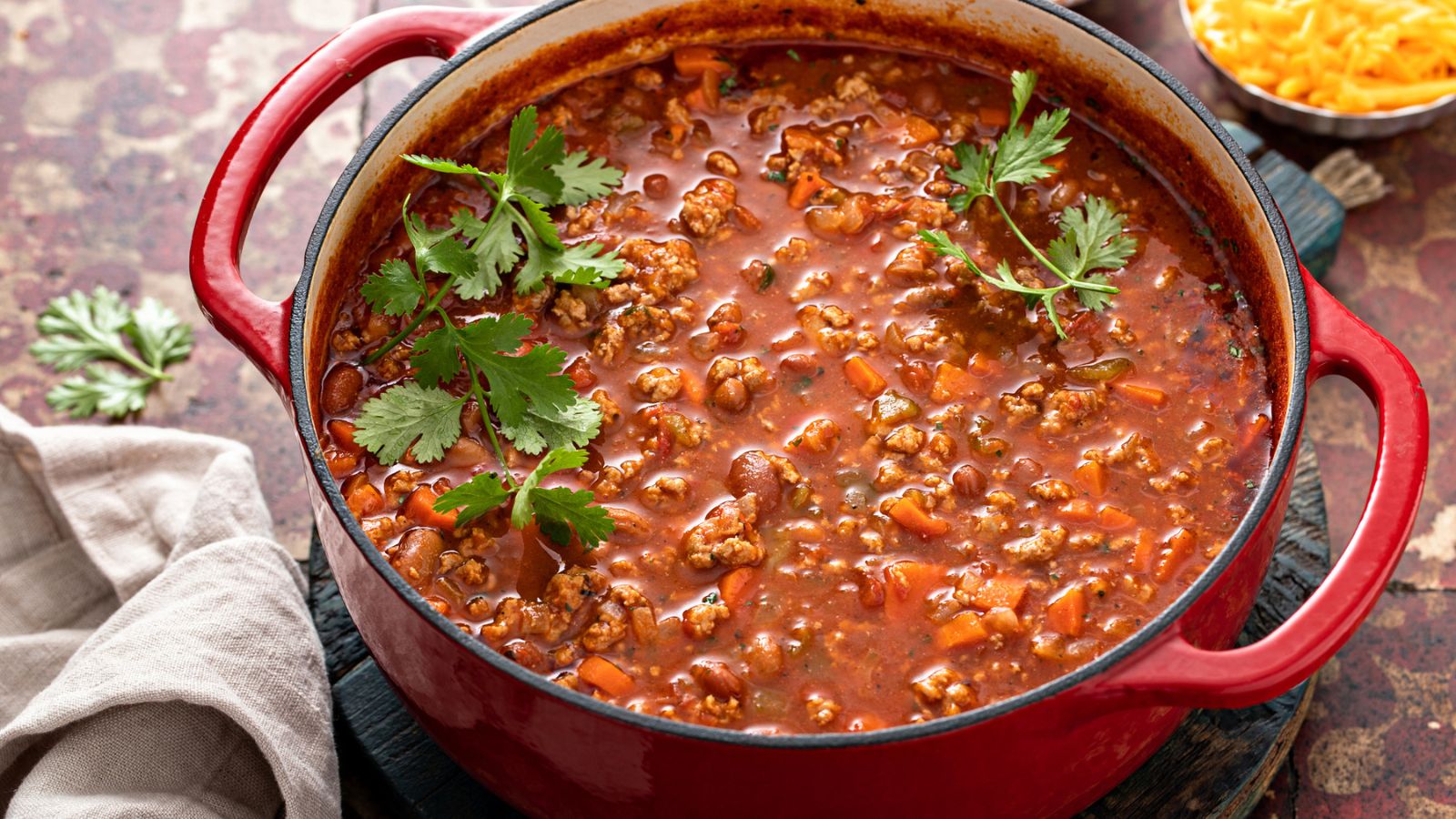I Only Buy Groceries Once a Month — Here’s How I Make Them Last
Do you find yourself constantly running to the grocery store? I used to be the same way until I discovered a method that changed my shopping habits for good. Now, I only buy groceries once a month and I...

Do you find yourself constantly running to the grocery store? I used to be the same way until I discovered a method that changed my shopping habits for good. Now, I only buy groceries once a month and I still manage to make them last. It’s simple, easy, and saves me time and money. Keep reading to find out how you can do it too.
Keep Carrots in Water
 Image credit: Canva.
Image credit: Canva.Keeping carrots in water is a beneficial way to store them, as it helps to maintain their crispness and extend their shelf life. By placing the carrots in a container or jar filled with water, you create a hydrating environment that prevents them from drying out. The water helps to preserve the carrots’ natural moisture content, ensuring they remain crunchy and fresh. Additionally, this method can revitalize slightly wilted carrots, as they can absorb water and regain their firm texture. Just make sure to change the water regularly to prevent any bacterial growth and enjoy the benefits of longer-lasting crisp carrots.
Keep Potatoes in the Dark
 Image credit: My Pure Plants.
Image credit: My Pure Plants.Keeping potatoes in the dark is essential for preserving their quality and preventing them from spoiling. Exposure to light, especially sunlight, can trigger the production of solanine, a natural toxin found in potatoes. Storing potatoes in a dark place, such as a pantry or a cool cupboard, helps to inhibit the development of solanine and maintain their freshness. Additionally, darkness helps prevent the potatoes from sprouting prematurely, as exposure to light stimulates sprouting. By storing potatoes in a dark environment, you can extend their shelf life and ensure that they remain safe and flavorful for a longer period.
Keep Red Spices in Fridge
 Image credit: Canva.
Image credit: Canva.Keeping red spices, such as paprika, chili powder, or red pepper flakes, in the fridge can help to preserve their vibrant color and extend their shelf life. The cool temperature of the refrigerator slows down the oxidation process, preventing the spices from losing their potency and becoming dull. Additionally, red spices are often prone to moisture absorption, which can lead to clumping and a decrease in flavor. Storing them in the fridge, in a tightly sealed container, helps to minimize moisture exposure and maintain their freshness. This practice ensures that your red spices stay vibrant, aromatic, and ready to add a burst of flavor to your dishes.
Regularly Clean Your Fridge
 Image Credit: Canva.
Image Credit: Canva.Regularly cleaning your fridge is crucial for preserving groceries and maintaining food safety. Over time, spills, leaks, and food residue can accumulate, leading to bacterial growth and odors that can contaminate your stored items. By cleaning your fridge regularly, you can remove any potential sources of contamination and prevent cross-contamination between different food items. Additionally, a clean and organized fridge allows for better visibility and easy access to your groceries, reducing the chances of forgetting about items and letting them go to waste. By incorporating regular cleaning as part of your routine, you can ensure that your fridge remains a safe and fresh environment for your groceries, ultimately helping to extend their shelf life and minimize food waste.
Store Onions in Pantyhose
 Image credit: Canva.
Image credit: Canva.Storing onions in pantyhose may seem like an unconventional method, but it can actually help extend their shelf life and keep them fresh for longer. The pantyhose provides a breathable yet protective barrier that allows air circulation, preventing moisture buildup and reducing the risk of sprouting or rotting. Additionally, the individual compartments created by tying knots between each onion prevent them from touching, reducing the likelihood of spoilage. This simple and cost-effective trick can help you maintain the quality of your onions, ensuring that they stay fresh and flavorful for an extended period.
Keep Mushrooms in Paper Bag
 Image credit: Canva.
Image credit: Canva.Keeping mushrooms in a paper bag is a superior storage method compared to using plastic containers or leaving them in their original packaging. The paper bag allows for proper air circulation, preventing moisture buildup and reducing the risk of mold growth. This breathable environment helps to maintain the mushrooms’ freshness and texture for a longer period. Additionally, the paper bag absorbs excess moisture, preventing the mushrooms from becoming slimy. This simple yet effective technique ensures that your mushrooms stay fresh, flavorful, and ready to be used in your favorite recipes.
Freeze Fresh Herbs in Olive Oil
 Image credit: Canva.
Image credit: Canva.Freezing fresh herbs in olive oil is a fantastic way to preserve their flavor and aroma. By combining the herbs with olive oil and freezing them in ice cube trays, you create convenient herb-infused oil cubes that are easy to use in cooking. The oil acts as a protective barrier, preventing the herbs from getting freezer burn and maintaining their vibrant flavors. When you’re ready to use them, simply pop out a cube and add it directly to your dish, allowing the herbs to defrost and release their delightful essence. This method ensures that you have a readily available supply of fresh herbs throughout the year, even when they’re out of season.
Regrow Scallions
 Image credit: Canva.
Image credit: Canva.Regrowing scallions at home is a simple and rewarding process. Start by cutting the scallions about an inch from the root end and place them in a glass or jar filled with water. Ensure that the roots are submerged while the green tops are exposed. Change the water every few days to keep it fresh. Within a week or two, you will notice new growth emerging from the root ends. Once the roots have grown to a sufficient length, you can transfer the scallions to a pot or garden bed, where they will continue to regrow and provide you with a fresh supply of scallions for future use.
Make Your Berries Last Longer with Vinegar
 Image credit: Canva.
Image credit: Canva.To make your berries last longer, create a simple cleaning solution using one part vinegar and ten parts water. Start by combining the vinegar and water in a large bowl or sink. Gently place the berries in the solution and let them soak for a few minutes. The vinegar’s acidity helps to kill bacteria and mold spores that may be present on the berries, extending their shelf life. After soaking, rinse the berries thoroughly with fresh water and pat them dry before storing them in the refrigerator. This easy and natural method can help to keep your berries fresh and delicious for a longer period.
Don’t Refrigerate Tomatoes
 Image credit: Canva.
Image credit: Canva.It is generally recommended not to refrigerate tomatoes as cold temperatures can negatively impact their flavor and texture. Refrigeration can cause the tomatoes to become mealy and dull in taste. Tomatoes are best stored at room temperature, ideally in a cool and well-ventilated area, away from direct sunlight. This allows the tomatoes to ripen naturally and develop their full flavor. If the tomatoes are already ripe and you need to slow down the ripening process, then refrigeration can be used, but it’s best to consume them within a few days to maintain their quality.
Freeze Scallions in Plastic Container
 Image credit: Canva.
Image credit: Canva.Freezing scallions in a plastic container is a convenient and practical way to preserve their freshness and flavor. By chopping the scallions into desired sizes and storing them in airtight plastic containers, you can easily access them whenever needed. Freezing helps to retain their vibrant green color and prevents them from wilting or spoiling. Plastic containers provide protection against freezer burn and allow for easy portioning, making it effortless to add scallions to your favorite dishes straight from the freezer. This method ensures that you always have scallions on hand, even when they are out of season.
Avoid Halved Avocado Turning Black
 Image credit: Canva.
Image credit: Canva.To avoid a halved avocado from turning black, there are a few simple steps you can follow. First, brush the exposed flesh of the avocado with a bit of lemon or lime juice. The citric acid in the juice helps to slow down the oxidation process and keeps the avocado from discoloring. Next, place the halved avocado back together, ensuring the cut sides are pressed firmly against each other. Wrapping the avocado tightly in plastic wrap or storing it in an airtight container can further minimize exposure to air, reducing the chances of browning. By taking these precautions, you can help keep your halved avocado looking fresh and appetizing for longer.
Keep Fresh Ginger in Freezer
 Image credit: Canva.
Image credit: Canva.Keeping fresh ginger in the freezer is a great way to extend its shelf life and preserve its flavor. Freezing ginger helps to prevent it from becoming soft and shriveled over time. Additionally, frozen ginger is easier to grate or mince, as it becomes firmer and less fibrous when frozen. It also allows you to have ginger readily available whenever you need it, without worrying about it spoiling. Simply store the ginger in a sealed container or freezer bag, and whenever a recipe calls for ginger, grate or slice off the desired amount from the frozen piece.
Wrap Crown of Bananas
 Image credit: Canva.
Image credit: Canva.Wrapping the crown of bananas is a helpful practice to prolong their freshness and prevent them from ripening too quickly. The crown is the top part of the bunch where the bananas are connected. By covering it with plastic wrap or foil, you create a barrier that slows down the release of ethylene gas, a natural ripening agent produced by bananas. This can help extend the shelf life of the bananas, keeping them firm and yellow for a longer period. By taking this simple step, you can enjoy ripe and ready-to-eat bananas at a more gradual pace, reducing the likelihood of waste.
Recipe: ice cream cake
Avoid Guacamole Turning Brown
 Image credit: Canva.
Image credit: Canva.To avoid guacamole from turning brown, there are a few simple techniques you can follow. One effective method is to press a layer of plastic wrap directly onto the surface of the guacamole, ensuring there is no air trapped. This prevents oxygen from reaching the avocado, which is the main cause of browning. Another approach is to add a squeeze of lemon or lime juice to the guacamole, as the citric acid acts as a natural antioxidant and slows down the oxidation process. Lastly, storing the guacamole in an airtight container in the refrigerator can help preserve its freshness. By using these tips, you can keep your guacamole looking green and appetizing for longer periods.
Don’t Keep Bread in Fridge
 Image credit: Canva.
Image credit: Canva.It is generally not recommended to keep bread in the fridge as it can actually accelerate staling. The cold temperature of the refrigerator causes the starches in the bread to recrystallize faster, leading to a quicker loss of moisture and making the bread go stale. Additionally, the moisture in the fridge can promote the growth of mold on the bread. To keep bread fresh, it is best stored at room temperature in a cool, dry place, ideally in a bread box or a paper bag to allow for proper airflow.
Burger Lovers Beware! 15 Items You Should NEVER Put On Your Burger
 Image credit: Depositphotos.
Image credit: Depositphotos.never put these in your burger
22 No-Fail Potluck Dishes Everyone Will Want the Recipes For
 Image credit: Depositphotos.
Image credit: Depositphotos.16 Dishes You Should Never Order in a Restaurant
 Image credit: Depositphotos.
Image credit: Depositphotos.16 Foods That Nobody Can Afford Anymore
 Image credit: Depositphotos.
Image credit: Depositphotos.
 Tekef
Tekef 
































